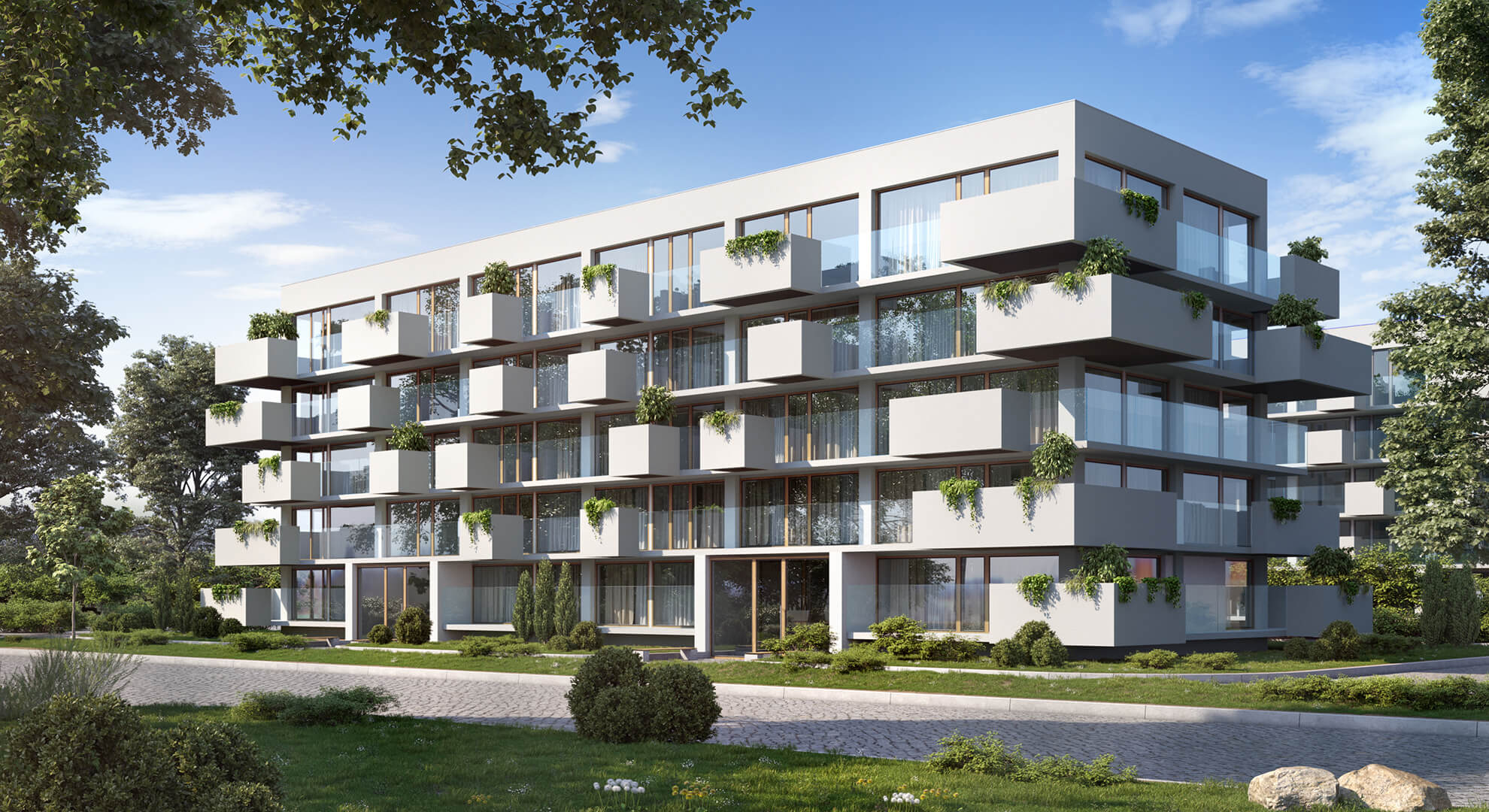GOVERNANCE
SAP Calculation
An SAP Calculation is a detailed calculation report submitted with Planning Application that shows a residencial development will achive the local authority’s emissions target.
UK Government has adopted the Standard Assessment Procedure (SAP) as the approved methodology for calculating the energy performance of dwellings.

The procedure is consistent with the European standards BS EN 832 and BS EN ISO 13790 and therefore satisfies the requirements of the Energy Performance of Buildings Directive.
In outline, the procedure:
- Calculates the rate of heat loss from the dwelling, considering conduction and convection heat losses.
- Determines the amount of heat required to maintain the dwelling at a comfortable temperature, given that rate of heat loss.
- Determines the amount of energy required to provide hot water and lighting for the occupants.
- Calculates the amount of input energy required to provide the heat, hot water and lighting, given the efficiency of the building services, such as the boiler.
- Calculates the cost of that energy, based on standardised fuel costs; and,
- Calculates the carbon dioxide emissions based on standardised emission rates.
The procedure considers;
- the area and volume of thebuilding
- the materials used for construction of thedwelling;
- thermal insulation of the buildingfabric;
- the thermal mass of thebuilding;
- ventilation characteristics of the dwelling and ventilationequipment;
- efficiencyandcontroloftheheatingsystem(s);
- solar gains through openings of thedwelling;
- the fuel used to provide space and water heating, ventilation andlighting;
- renewable energy
The scope of SAP
SAP is used to assess the energy performance and CO2 emissions for self-contained dwellings: it is not suitable for:
- Non-domestic buildings: their energy performance is assessed using SBEM.
- Common areas of blocks of flats, such as stairwells and access corridors. If unheated they are assessed by an elemental approach, or if heated by SBEM.
- Buildings containing rooms for residential purposes, such as nursing homes or halls of residence, which are assessed using SBEM.
- Non-domestic parts of buildings which contain dwellings (e.g. shops with flats over them). The dwelling would be assessed using SAP and the rest of the building assessed using SBEM. However, if part of an accommodation unit is used for commercial purposes (e.g. as an office or shop), that part should be included as part of the dwelling if it could revert to domestic use on a change of occupancy.
That would apply where:
- there is direct access between the commercial part and the remainder of the accommodation, and it is all is contained within the same thermal envelope, and
- the living accommodation occupies a substantial proportion of the whole accommodation unit.
SAP 2012 (SAP 9.92)
SAP 2012 is used for building regulation compliance for new dwellings in England (Part L) from 6 April 2014, in Wales (Part L) from 31 July 2014 and in Scotland (Section 6) from 1 October 2015. SAP 2012 is also used to produce Energy Performance Certificates for new dwellings.
RdSAP 2012 is used to produce Energy Performance Certificates for existing dwellings and applies in all parts of the UK from 8 December 2014.
The SAP methodology is regularly revised. The present edition, SAP 2012 (SAP 9.92) includes a number of changes from previous editions. If you are familiar with earlier versions of SAP you should note:
- space and water heating are calculated on a monthly, instead of annualbasis;
- local climate data is now used in some calculations;
- space cooling is included;
- thermal mass of construction elements is explicit rather than implicit;
- energy use for domestic hot water has beenrevised;
- CO2 emissions factors have been updated using the latest available data;
- the calculation of boiler efficiency from test data has been amended;
- the performance of heat pups can be based on test data;
- internal heat gains have been revised.
SAP 10
An updated version – SAP 10 – will be published in the next years but SAP 2012 must still be used for compliance.
We have listed below some of the relevant changes from SAP 2012 to SAP 10 after the public consultation and the Government response on proposed changes to SAP:
- CO2 emission factors, primary energy factor and fuel prices have been updated.
- The air-conditioning efficiency (‘SEER’) table has been updated.
- Default heat networks distribution loss factors have been increased.
- Heat losses from thermal bridges have been revised.
- Default efficiencies of some solid fuels heating appliances have been updated.
- The impact of PV diverters is now taken into account.
- An option to add the over shading factor factor used of the PV calculation from MCS data.
- Heat losses from heat interface units (used with heat networks) has been adjusted.
- Heating pattern consistent daily pattern for all days of the wee. Including weekends.
- Default heat pump efficiencies have been updated.
- Recognition of new lighting types with higher efficacy.
- Additional thermal bridge types have been added for junctions in roof-rooms.
- Mechanical ventilation system heat recovery and aerodynamic performance have been revised.
- The air flow rates associated with chimneys and flues have been revised.
- New formula for the proportion of electrical energy generated by Photovoltaic (PV) systems to include battery storage.
- Summer internal temperatures has been refined. Blind/Curtain use factor has been revised.
SAP and real life
The results of a SAP calculation will never be an accurate prediction of actual energy usage. First, the SAP calculation is based on standardised assumptions on occupation, and does not assess how the building is actually used. The calculation takes no account of:
- actual house hold size and
- ownership and efficiency of particular domestic electrical
- individual patterns of heating and selected internal
Secondly, energy use, and therefore calculation results, do not take no account of geo-graphical location. A house built in Berwick upon Tweed will have the same rating as one of the same design built in Brighton (unless the house includes space cooling, in which case the results will vary according to location).
The real value of SAP is a comparative tool for evaluating relative performance and enabling the effect of energy efficiency measures to be assessed.
The performance gap
There has been much focus recently on the gap between the predicted energy usage of dwellings and the actual energy usage: this performance gap is often sizeable. The Zero Carbon Hub has conducted a research program to identify the causes of the gap and has issued several reports with recommendations. Many of those recommendations are likely to be accepted by Government and introduced into the regulatory system in the next round of revisions.

